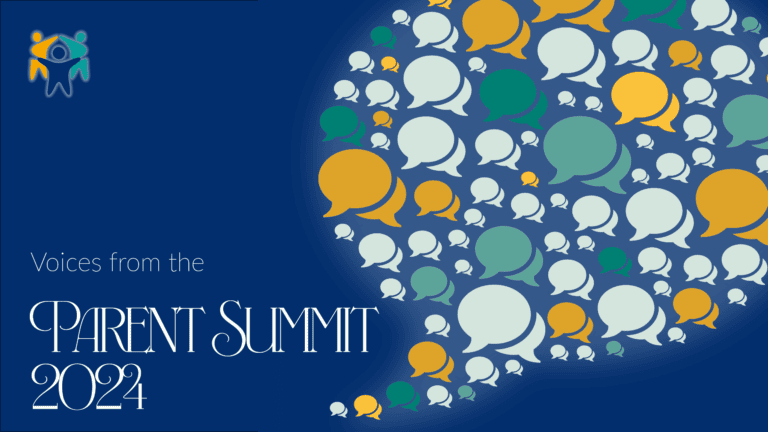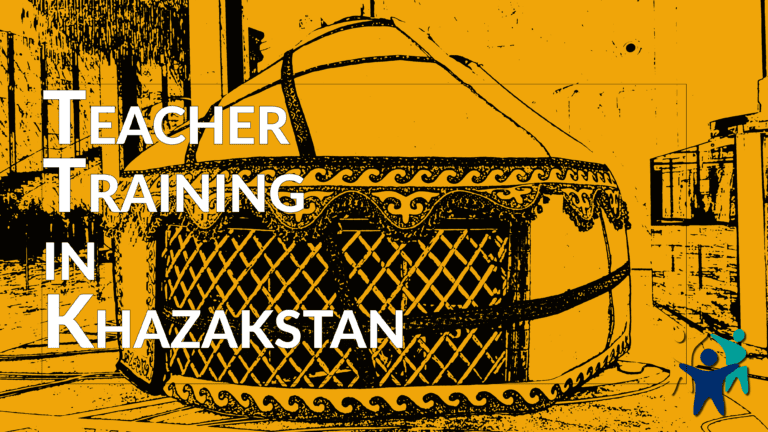In a report based on research done in connection with the experiences on implementing Joyce Epstein‘s Partnership Schools method, published in 2002, the positive effect of parental involvement is clearly shown. Moreover, it also shows that there are effective ways to involve all parents, regardless their socio-economic status or income situation.
The evidence is consistent, positive, and convincing: families have a major influence on their children’s achievement in school and through life. This fourth edition of Evidence confirms that the research continues to grow and build an ever-strengthening case. When schools, families, and community groups work together to support learning, children tend to do better in school, stay in school longer, and like school more.
How are the many ways that families are engaged in their children’s education related to achievement? Many studies found that students with involved parents, no matter what their income or background, were more likely to
• earn higher grades and test scores, and enroll in higher-level programs.
• be promoted, pass their classes, and earn credits.
• attend school regularly.
• have better social skills, show improved behavior, and adapt well to school.
• graduate and go on to postsecondary education.
Several studies found that families of all income and education levels, and from all ethnic and cultural groups, are engaged in supporting their children’s learning at home. White, middle-class families, however, tend to be more involved at school. Supporting more involvement at school from all parents may be an important strategy for addressing
the achievement gap.
Do programs and special efforts to engage families make a difference?
Yes, several studies found that they do. For example, teacher outreach to parents was related to strong and consistent gains in student performance in both reading and math. The effective outreach practices included meeting face to face, sending materials home, and keeping in touch about progress. Workshops for parents on helping their children at home were linked to higher reading and math scores. Schools with highly rated partnership programs made greater gains on state tests than schools with overrated
programs.
How do higher performing schools engage families and community?
Schools that succeed in engaging families from very diverse backgrounds share three key practices. They
• focus on building trusting collaborative relationships among teachers, families, and
community members.
• recognize, respect, and address families’ needs, as well as class and cultural difference.
• embrace a philosophy of partnership where power and responsibility are shared.
What is the impact of parent and community organizing on improving schools?
This type of engagement is based outside schools and led by parents and community members, and it is growing nationwide. These efforts are aimed at schools that are low performing. Strategies of community organizing are different from traditional
parent involvement and are openly focused on building low-income families’ power and political skills to hold schools accountable for results.
A new group of studies found that community organizing contributed to these changes in schools:
• Upgraded school facilities.
• Improved school leadership and staffing.
• Higher-quality learning programs for students.
• New resources and programs to improve teaching and curriculum.
• New funding for after-school programs and family supports.
Summing up
When parents talk to their children about school, expect them to do well, help them plan for college, and make sure that out-of-school activities are constructive, their children do better in school. When schools engage families in ways that are linked to improving learning, students make greater gains. When schools build partnerships with families that respond to their concerns and honor their contributions, they are successful in sustaining connections that are aimed at improving student achievement. And when families and communities organize to hold poorly performing schools accountable, studies suggest that school districts make positive changes in policy, practice, and resources.
How can we put these findings into action?
• Recognize that all parents—regardless of income, education, or cultural background—
are involved in their children’s learning and want their children to do well.
• Design programs that will support families to guide their children’s learning, from
preschool through high school.
• Develop the capacity of school staff to work with families.
• Link efforts to engage families, whether based at school or in the community, to
student learning.
• Build families’ social and political connections.
• Focus efforts to engage families and community members on developing trusting
and respectful relationships.
• Embrace a philosophy of partnership and be willing to share power with families. Make sure that parents, school staff, and community members understand that the
responsibility for children’s educational development is a collaborative enterprise.
• Build strong connections between schools and community organizations.
• Include families in all strategies to reduce the achievement gap among white,
middle-class students and low-income students and students of color.
Download the full report here.
Keep following us for more.

